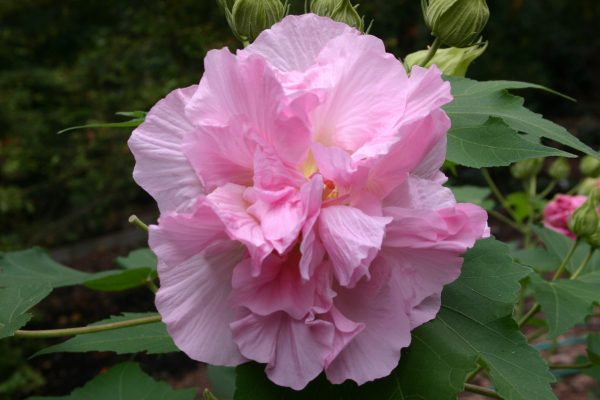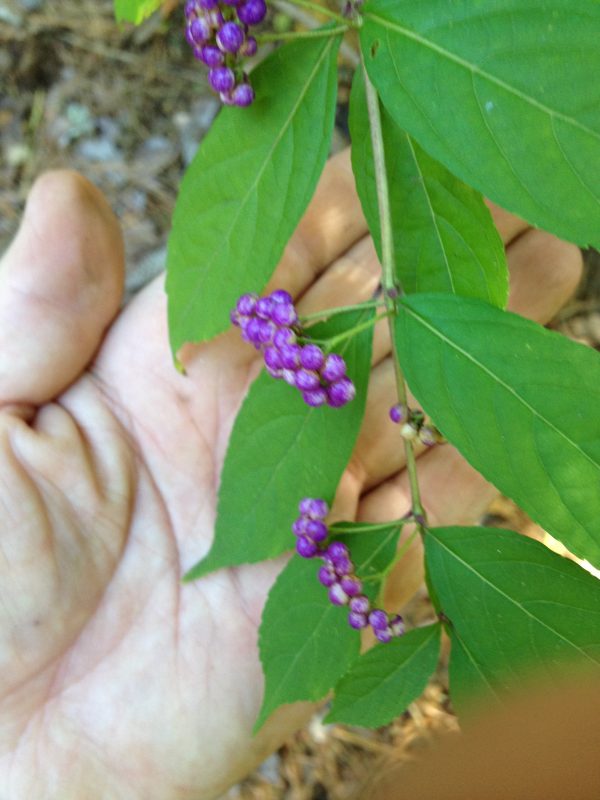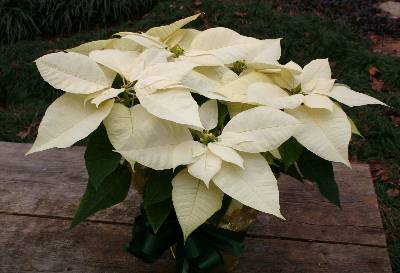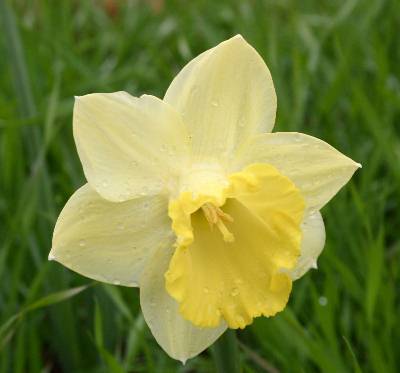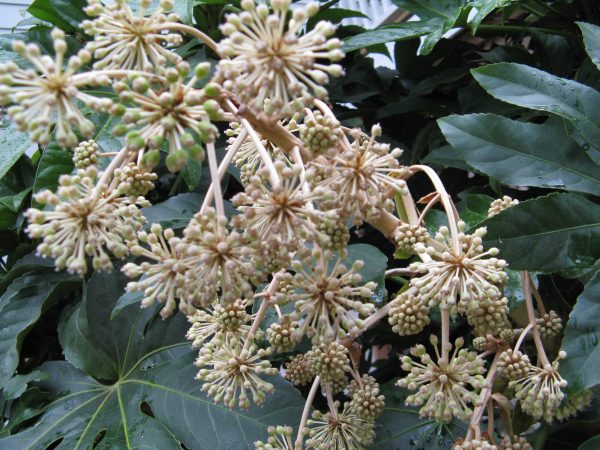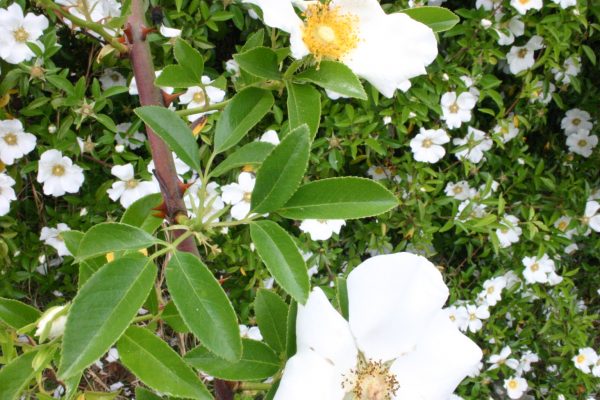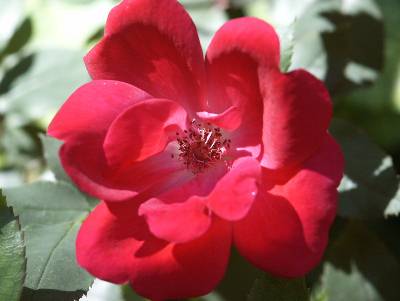Bermuda – General Notes
Information taken from The Revised Georgia Gardener’s Guide
by Walter Reeves and Erica Glasener
This warm-season grass is green in summer and buff/brown in winter. It is supremely adapted to Georgia, so it is sometimes cursed by flower gardeners though revered by lawn owners and golfers. Any grass that grows so rapidly has vast potential for improvement. From common bermudagrass, breeders have selected plants that stay low and produce few seedheads. ‘Tifton 419’ and ‘Tifton 94’ are sterile hybrids, available only as sod. They produce no viable seed but a sprig will cover a 12-inch by 12-inch square in only one summer. Laid in a checkerboard pattern over bare earth, bermuda sod transforms a red clay eyesore lawn into a green eye-pleaser in just a day. Common bermudagrass, however, is a frequent uninvited guest in landscape beds!
Color and Texture:
Common Bermudagrass:
• Lighter green than hybrid bermudagrass.
• Leaves are coarser than hybrid bermudagrass
• Seedheads pop up quickly after mowing
• Invades flower beds rapidly
Tifway (Tifton 419) Bermudagrass sod:
• Dark green, medium-fine texture
• Excellent drought tolerance
Tifsport (Tifton 94) Bermudagrass sod:
• Emerald green; keeps dark color later in fall
• Low-growing, spreads rapidly, resists traffic injury
Light Requirements:
• Full sun
When, Where, and How to Plant:
Bermudagrass grows thinly in partial shade. It is successful only in full sunshine. Plant common bermudagrass seed anytime during the summer. Lay hybrid bermudagrass sod in early summer. The sod will be thick and lush by September. It is even possible to plant dormant bermudagrass sod in winter–as long as you don’t mind the stares of neighbors when you water it in December and January! The best practice is to use a tiller to thoroughly soften the soil before planting. Mix in lime and starter fertilizer (contact your county Extension office) as you till. If you are planting seed, use 1 to 2 pounds of seed per 1000 square feet. For even distribution, mix 1 pound of seed with 5 pounds of dry corn grits or play sand before putting the mixture into a seed spreader. If you lay sod, put the pieces very tightly against each other as you cover the earth. Use a hatchet to carve sod pieces to fit around obstructions or flower beds.
Growing Tips:
Fertilize bermudagrass after it has turned 50 percent green in the spring. Don’t be tempted to put out fertilizer any earlier, for a late freeze could wipe out the tender sprouts. Fertilize every 4 to 8 weeks during the summer. A September application of “Winterizer” fertilizer will help the lawn survive the winter without damage. Bermudagrass adapts to extreme drought by going semi-dormant.
Care:
Weeds are not a big problem if the grass is vigorous. If weeds appear, correct your maintenance before you bring out the herbicides. Green winter weeds show up easily on a brown bermudagrass lawn in January. If the grass is completely dormant, use glyphosate herbicide to wipe out the invaders. Mow at three fourth inch to one and one-half inch high.
I Also Recommend:
‘Riviera’ and ‘Princess 77’ are introductions of improved bermudagrass seed. They tend to be deeper green than common bermudagrass and are reputed to resemble a sodded bermudagrass lawn.




